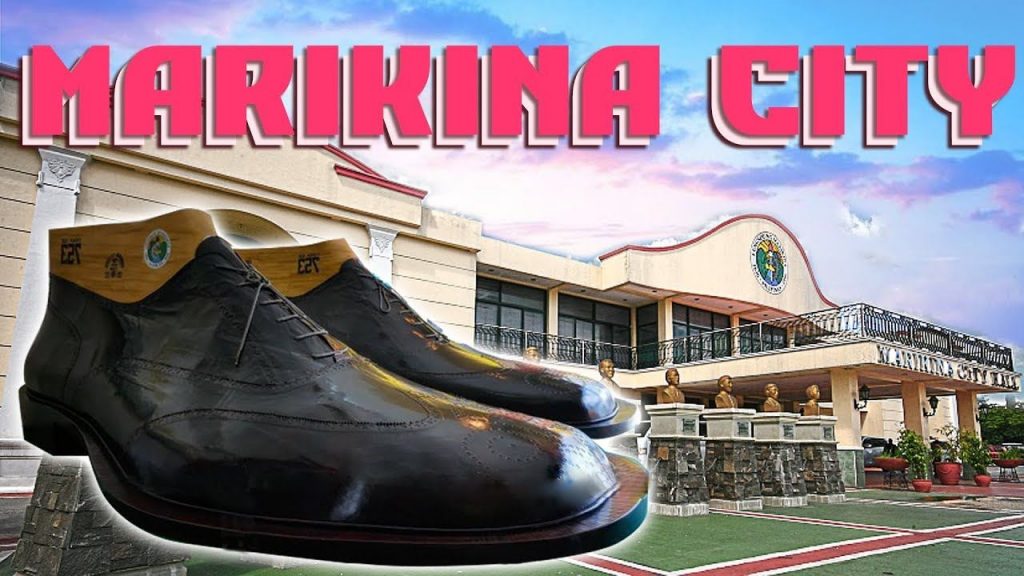They say that “good shoes take you to good places”. Well, literally, if your footwear is kind of worn out, it will be a hassle to walk around. This is probably the reason why many individuals are always on the look out for branded shoes. For them, price is just a number yet price is also the basis of quality. No matter how expensive a pair of shoes is, they are willing to pour out their savings. For the reasons that expensive things are considered durable and long lasting. We keep on hanging to this kind of thought. And so, this is the main reason why we don’t entertain brands that are proud Filipino made – especially shoes.
While Western made footwear keep on sprouting anywhere like mushrooms. And people are literally running just to secure a pair of Nike or Adidas. Marikina made shoes on the other hand are mostly ignored. But you should consider one thing. The branded shoes you adore so much, just have the same quality (maybe even better) that of locally made Marikina shoes. But what was once a glorious industry have also reached rock bottom. And after all these years, is the shoe capital of the Philippines still thriving or dying? Let’s have a look.
The Beginning
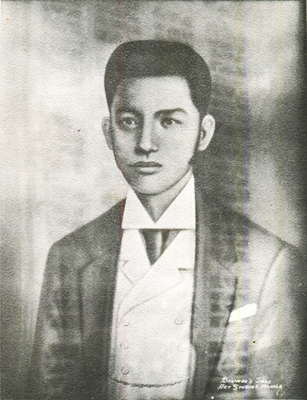
Before Marikina City was producing thousands of shoes, the industry just started with a humble beginning. This was through the efforts of Don Laureano “Kapitan Moy” Guevarra. Kapitan Moy was in an affluent family. Because of this he was able to purchase a pair of Western made shoes during his trips to Manila. Being interested as to how footwears were made, he and his friends carefully dissected every part of the shoes. They studied and tried to duplicate through trial and error. Of course, at first every part just don’t match together. But after a few attempts, they were able to put them back to its original look.
In that same day, Kapitan Moy was observed by some young boys through a grilled window. One of these is Pablo dela Paz. He recalled the experience he had to his children and down to other generations during the 1888. Since then, the pioneer of shoemaking believed that he had to to teach Marikeños the ways of doing this business. Mainly for the reason that they should have other source of income aside from fishing and farming. Because of his initiatives he was given the title of “Father of the Shoe Industry”.
When the Americans made their way to the Philippines, the use of machinery when producing shoes were also introduced. It was in 1898 when American soldier R.R. McGuire established a shoe factory with a machinery. Such action was prompted when he and his troops ordered pairs of army shoes.
The Struggles
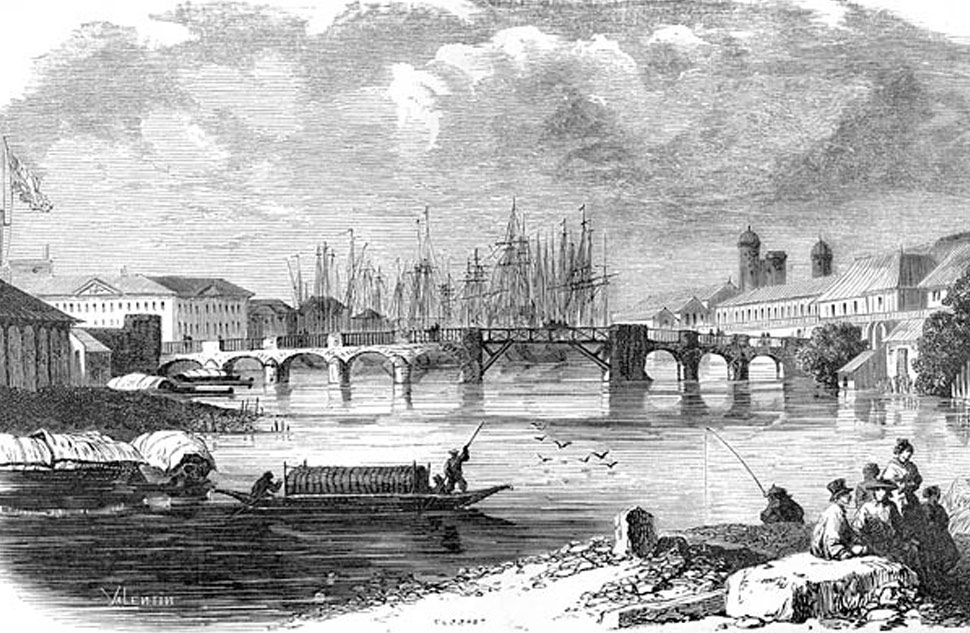
In the 1935s, Marikina’s shoe industry is thriving. During this time, 139 shops are producing 260,078 pairs of ladies shoes, and 86,692 of men’s footwear. The overall estimate value of the shoemaking industry was amounted to Php 762,896. All is going well for hopeful residents of Marikina. But an unexpected storm came to them one day because of Chinese merchants.
Marikina made shoes were often delivered and sold in the areas of Manila. However, Chinese merchants held forth in the towns of Gandara, Nueva, and parts of Chinatown. And they did not seem to like this idea. With only their skills and small shops, these local shoemakers were left with no choice. So, they partnered with the foreigners who had bigger stores and supplies of raw materials. But after some time, the Marikeños stood their ground. They insisted that they will not sell shoes and acquire raw materials from them. But no matter how strong their efforts are, they could not win over rich Chinese merchants.
It was only some time during the pre – war that the dreams of our local businessmen came to reality. It happened when their own shops were built at last. Some of the stores that opened were: Tindang Bayan, Marikit – na, and H. Santos Shoe Store and Star Shoes. But with happiness comes sadness. After finally escaping the Chinese merchants, the industry struggled again during the Japanese occupation. Mainly because of the lack of materials being produced. And so, the glory days of shoemaking was again put into a halt.
The Recovery
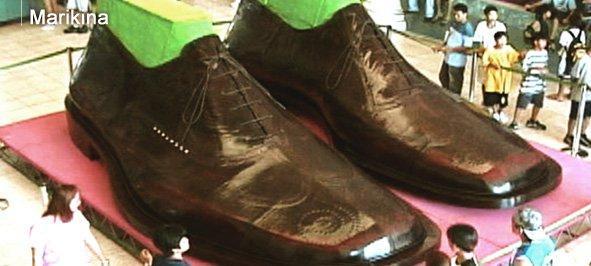
They had to go through every hurdle during the battles. But, the shoe capital once again stood on its feet during the post – war. The recovery was materialized with the support of many local politicians and then – president Manuel Roxas. So, in no time Marikina shoes were again being patronized by people. Then, came about the establishment of various organizations. One of these is the Marikina Shoe Trade Commission. It aimed to provide aid through subsidies to promote more income to the industry. There was also the Marikina Shoe Marketing Corporation. The corporation came up with different distributors of locally made shoes to different parts of the Metro.
Aside from these initiatives, the local government of Marikina also sent two of their own scholars abroad. They studied manufacturing and management of shoemaking at Britain in the Northampton University. Moreover, the Marikina School of Arts and Trades also offered a four – year course to those who were interested in the art of making shoes.
Furthermore, the shoe industry even reached greater heights. It was recognized as the holder of the Guinness Book of World Records for making the largest pair of shoes. It was in 2002 when around 10 people work hand in hand to produce a large-sized shoes. The footwear is measured at 5.29 meters long, 2.37 meters wide and 1.83 meters high shoes. Its heels is also estimated to be at 41 centimeters or 16 inches. The estimate cost of the world’s largest shoes is at Php 2 million and can fit around 30 people.
Present Day Status
In the past, the shoe capital of the Philippines reached its glory days, stumbled down, and rose back again. But change is constant. And just like people, the industry has also been a center of what seems to be an un-ending battle between thriving or dying.
A Thriving Industry
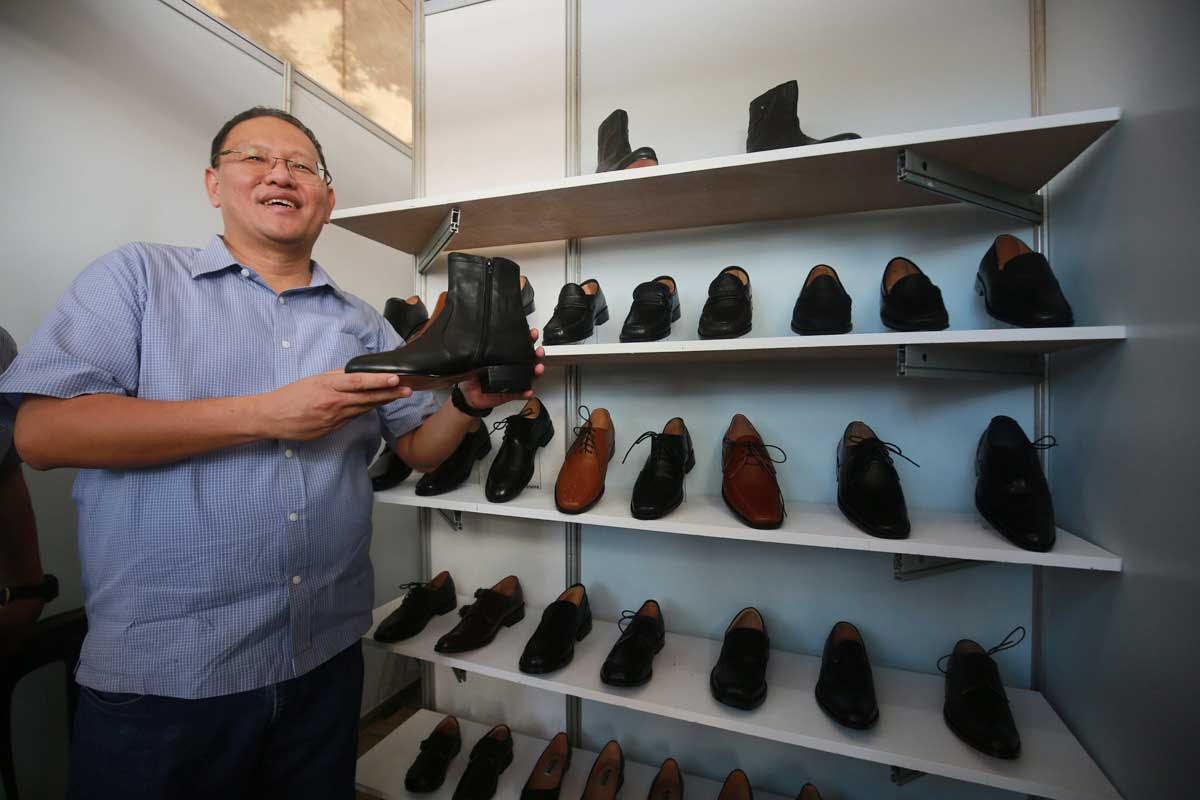
Just a year ago, Marikina City’s mayor Marcelino Teodoro stated that the shoemaking industry still remains as a good source of income. Not only for its workers but for the city as well.
In an interview with One News, the proud mayor said that the industry is worth at least Php 1 billion. For the reason that many people still being attracted to Marikina – made shoes. Because of its affordability and high quality, the industry is still thriving. This, despite the fact that more imported shoes keep on entering the market here in the Philippines. When taken care of properly, shoes produced in Marikina can last up to 2 years even if used daily. Compared to those sold in malls, these proud Filipino made footwears only cost around Php 300 to Php 1700.
Furthermore, Mayor Teodoro said that quality wise, Marikina City still produces shoes with high caliber.
“We guarantee their durability because we have an equipment center where the products are tested,” Teodoro said in an interview with One News.
As part of the local government’s initiative to boost the shoe industry, they will launch the very first Shoe Tech School in the city. With a Php 60 million budget, they hope that the shoemaking industry will continue to level up. Not only in producing high quality footwears but also in terms of style, technique, and technology. The establishment also hopes to address the problem of the lack of skilled shoemakers. According to Teodoro, this plays a huge factor in the unsteady status of the industry. The promising institution will be built in in the compound of the Pamantasan ng Lungsod ng Marikina in Barangay Concepcion Dos. Meanwhile, all equipment will be provided by the Department of Trade and Industry.
Expansion

Aside from serving quality and affordable shoes to the people of Metro Manila, Marikina shoemakers also expanded their business to the city of Davao. Branching out to a farther part of the country makes the industry more known to many people. The expansion also targets to provide assistance to cooperatives of shoemakers, shoe manufacturers, and artisans of Marikina.
Mayor Teodoro furthered that competition is inevitable for the different shoemakers in Marikina. But, they have learned to set aside pulling down each other. Instead, they are working together to survive and for the industry to prosper even more. It is this very act, Teodoro said, that will make the shoe capital of the Philippines continue to flourish in the years to come.
Still Fighting
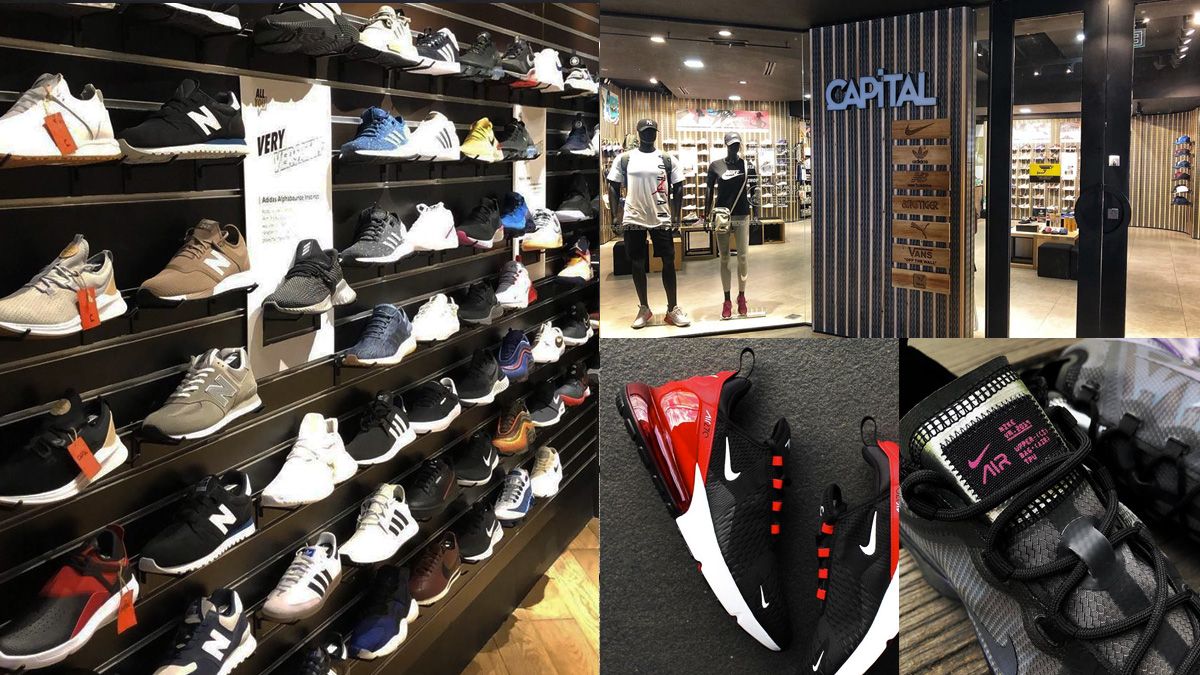
There is a bright future for Marikina – made shoes to be known by more people locally and abroad. Initiatives by the local government are continuously being undertaken. But it is no denying that several factors play in with the “barely breathing” status of this industry. One of these is the competition with imported made footwears.
During an interview of Inquirer with the owner of Checkpoint, Neil Nepomuceno said that one of the biggest contributor to their sales used to come from “mom – and- pop” stores in the provinces. However, these resellers struggled to continue their business because of the rise of malls in their areas.
“The quantity of orders that we get from these provinces has deteriorated,” he said. “Their problem is that customers would rather go to the mall, because it’s more convenient. Typical shoe stores in the provinces aren’t even air-conditioned. The malls have everything.”
Even in the malls located in Marikina, their shoes are usually placed at the back area. This means that most people couldn’t see them anymore. Of course, those at front are the imported footwear. Moreover, another factor that played in the loss of the industry’s worth is the trade integration with other Southeast Asian countries last 2015. According to Teodoro, initially the city has 5,000 shoe making factories but it plummet to only 150 in 2016.
Before, the estimate financial contribution of the industry to the city’s economy is at 70%. Now, it’s only at 15%. Despite hitting rock bottom, the local government is seeing a significant increase in its sales. But it is still far from what it was before.
COVID-19

Then, COVID-19 happened. What was once a Php 1 billion worth of industry has almost fallen down into nothing. Since the crisis happened last January, almost 80% of the shoe business have ceased operations. Teodoro said that the effects of the pandemic brought too much hardships for shoe makers. Because of this, closing down just seemed to be the best option.
“Una, natigil ang pagpapagawa ng marami, halos 80 percent ay natigil. Iyong 20 percent, kaya hindi siya natigil kasi ang kaniyang platform na ginagamit sa marketing at sa pagtitinda ay iyong digital or virtual,” Teodoro said in a Palace virtual briefing last August 17.
Despite such struggles, the mayor said that assistance were being given to the workers during these times. These actions aside from keeping the employees safe, will also help them to keep the economy afloat.
The shoe capital of the Philippines has been existing for 3 centuries already. The main reason for this is because quality wise, Marikina shoes can be at par with those international brands. But the city doesn’t only need to produce nice pair of shoes. The industry also needs people who will trust and fully support their own products. No, we are not stopping you from buying your favorite leather shoes from Salvatore Ferragamo Italia. But maybe, just maybe, you can also try supporting local made shoes. After all, we just want to help each other as Filipinos.

